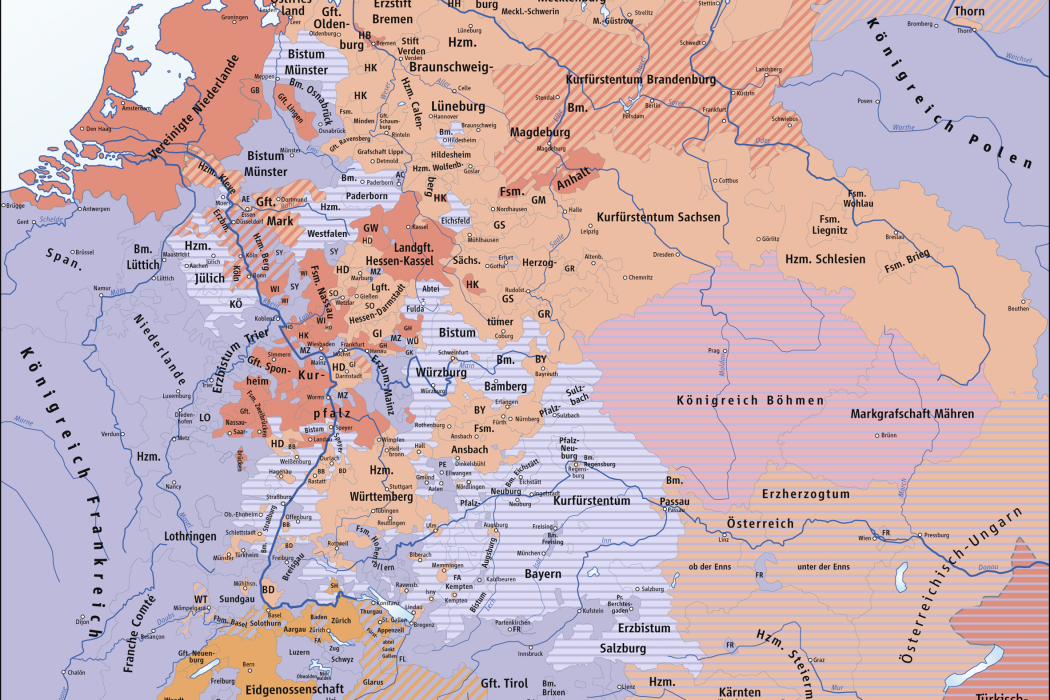Click to join the conversation with over 500,000 Pentecostal believers and scholars
Click to get our FREE MOBILE APP and stay connected
| PentecostalTheology.com



A curious contradiction happens nearly every year. Virtually all the Christian world will observe the death and resurrection of Jesus Christ in unison, on the first Sunday after the first full moon after the Spring Equinox as decreed by the Council of Nicea in 325 A.D. However, if this paschal full moon occurs on a Sunday, Easter is then moved to the next Sunday. The Council of Nicea also decided that the Christian Easter shall never precede or coincide with the Jewish Passover, but must always follow it, a rule still observed by the Eastern Orthodox Church, but not the Western Church. The Eastern Orthodox church also still uses the Julian calendar to calculate Easter, and so frequently does not agree with the Western Church on dates.This presents a very interesting situation, since the Protestants generally will subscribe to the motto of Sola Scriptura, the Bible only for doctrine, yet the Catholic affirms the authority of Church Tradition.Now if you strictly follow the Bible as your guide as to when to observe Passover, you would ALWAYS be observing the crucifixion in the middle of the biblical month, very close to the full moon. This is because Passover the Bible tells us, is celebrated on 14 Abib/Nisan, the middle of the 29.5 day lunar cycle (the synodic month).
Deut 16:1 Observe the month of Abib, and keep the passover unto the Lord thy God: for in the month of Abib the Lord thy God brought thee forth out of Egypt by night. Lev 23:5 In the fourteenth day of the first month at even is the Lord’s passover.
The biblical month will have either 29 or 30 days, and begins with the observation of the new moon (crescent visible), and ripening barley. Because Passover is specifically designated as the 14th day of the 1st month, Passover is always in close proximity to the full moon. Ripened barley is required on 16 Nisan/Abib for the waving of first fruits (Lev. 23:10-11). If the barley is too immature at the sighting of the new moon, a 2nd Adar leap 13th month is declared, and the month of Nisan/Abib is delayed to the next month. The following calendars illustrate the difference between the biblical determination of Passover and the tradition of Easter Sunday.
In 2015, ripening barley was found March 15th, and the new moon was sighted at sunset beginning March 22nd, making it the first day of Abib / Nisan, which puts Passover (14 Nisan), on Saturday, April 4th, and first fruits/Omer/resurrection day (16 Nisan), on Monday, April 6th. Easter will be observed Sunday, April 5th.
For 2014, ripening barley was found in Israel on March 24th-25th, and the new moon was observed March 31st, which began the month of Abib/Nisan. The biblical Resurrection day (First Fruits) will be Tuesday, April 15th, the day of the full moon, while Easter will be observed Sunday, April 20th.
?????? ????? ????? [04/05/2015 11:39 AM]
?????? ????? ????? liked this on Facebook.




Most Talked About Today